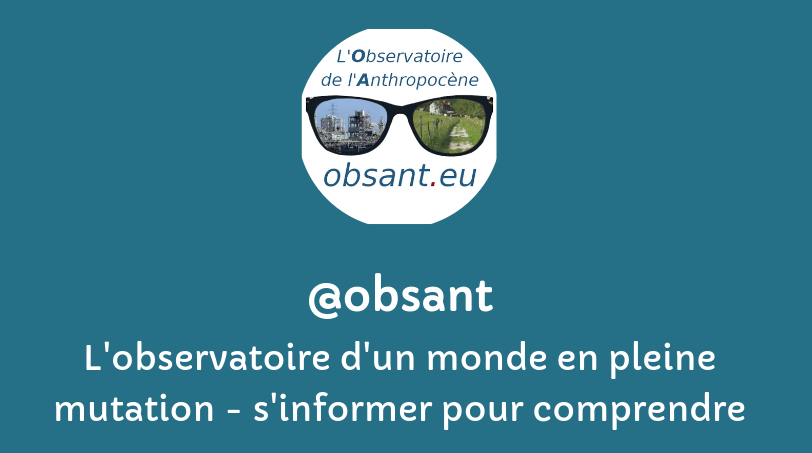filtre:
heat
2025
2024 was the hottest year on record [1], with global temperatures exceeding 1.5 °C above preindustrial climate conditions for the first time and records broken across large parts of Earth’s surface. Among the widespread impacts of exceptional heat, rising food prices are beginning to play a prominent role in public perception, now the second most frequently cited impact of climate change experienced globally, following only extreme heat itself [2]. Recent econometric analysis confirms that abnormally high temperatures directly cause higher food prices, as impacts on agricultural production [3] translate into supply shortages and food price inflation [4, 5]. These analyses track changes in overall price aggregates which are typically slow-moving, but specific food goods can also experience much stronger short-term price spikes in response to extreme heat.
Heat waves that already affect the population of the Metropolitan Area of Barcelona (AMB) could significantly intensify in the future, with temperature increases of up to 6ºC and a general reduction in relative humidity in cities by the end of the century.
in January, a group of present and former Republican state officials gathered at a posh resort in Sea Island, Georgia, together with conservative leaders, for a two-day lesson in how to dismantle corporate America’s most ambitious response to climate change. At the Cloister, with its golf courses, tennis courts, and beaches, ESG was denounced as a sinister force undermining free markets and democracy.
Depuis quelques jours, l’un des plus grands festivals de théâtre au monde bat son plein dans le Vaucluse. Actrices et acteurs de la culture y affrontent l’explosion des températures liée au changement climatique… et les coupes budgétaires annoncées par Rachida Dati. La question de l’adaptation aux canicules, peu étudiée jusqu’ici, est sur toutes les lèvres. Vert s’est rendu sur place.
Heat caused 2,300 deaths across 12 cities, of which 1,500 were down to climate crisis, scientists say
For decades, the surface of the polar Southern Ocean (south of 50°S) has been freshening—an expected response to a warming climate. This freshening enhanced upper-ocean stratification, reducing the upward transport of subsurface heat and possibly contributing to sea ice expansion. It also limited the formation of open-ocean polynyas. Using satellite observations, we reveal a marked increase in surface salinity across the circumpolar Southern Ocean since 2015. This shift has weakened upper-ocean stratification, coinciding with a dramatic decline in Antarctic sea ice coverage. Additionally, rising salinity facilitated the reemergence of the Maud Rise polynya in the Weddell Sea, a phenomenon last observed in the mid-1970s.
Extreme heat ‘the new normal’, says UN chief, as authorities across the continent issue health warnings
EN
Earth is trapping much more heat than climate models forecast – and the rate has doubled in 20 years
- collectif
Real world measurements of how much extra heat the Earth is trapping are well beyond most climate models. That’s a real problem.
A subreddit tracking apocalyptic news in a calm, logical way comforts users who believe the end The threat of nuclear war, genocide in Gaza, ChatGPT reducing human cognitive ability, another summer of record heat. Every day brings a torrent of unimaginable horror. It used to be weeks between disasters, now we’re lucky to get hours.
NL
Extreme hitte teistert Noord-Amerika en China: heat dome in VS en Canada, Peking nadert warmterecord
- Maarten Bockstaele
Extreem hoge temperaturen teisteren Noord-Amerika en ook China. In de VS en Canada is sprake van een heat dome of hittekoepel, terwijl Peking een van de warmste dagen van het jaar meemaakt. De overheden hebben waarschuwingen uitgestuurd om zoveel mogelijk binnen te blijven en grote inspanningen te vermijden.
Heat waves are getting more dangerous with climate change — and we may still be underestimating them
- Andrew Freedman,
Heat waves are getting more dangerous with climate change — and we may still be underestimating them
Guardian investigation finds almost 7,000 proven cases of cheating – and experts says these are tip of the iceberg
Small particulate matter (PM2.5) in air pollution raises the risks of respiratory problems, cardiovascular disease, and even cognitive decline. Heat waves, which are occurring more often with climate change, can cause heatstroke and exacerbate conditions such as asthma and diabetes. When heat and pollution coincide, they can create a deadly combination.
Young people will be exposed to a number of heatwaves that no one would have experienced in pre-industrial times. Young people will be exposed to a number of heatwaves that no one would have experienced in pre-industrial times.
Paper in Nature Climate Change journal reveals major role wealthy emitters play in driving climate extremes. The world’s wealthiest 10% are responsible for two-thirds of global heating since 1990, driving droughts and heatwaves in the poorest parts of the world, according to a study.
Climate change deaths are largely underreported as the crisis impacts millions and strains an already overburdened healthcare system, according to a new Amnesty International report.
Temperatures south Asians dread each year arrive early as experts talk of ever shorter transition to summer-like heat
For hundreds of millions of people living in India and Pakistan the early arrival of summer heatwaves has become a terrifying reality that’s testing survivability limits and putting enormous strain on energy supplies, vital crops and livelihoods. Both countries experience heatwaves during the summer months of May and June, but this year’s heatwave season has arrived sooner than usual and is predicted to last longer too. Temperatures are expected to climb to dangerous levels in both countries this week.
Recent projections suggest that large geographical areas will soon experience heat and humidity exceeding limits for human thermoregulation. The survivability limits modeled in that research were based on laboratory studies suggesting that humans cannot effectively thermoregulate in wet bulb temperatures (Twb) above 26 to 31 °C, values considerably lower than the widely publicized theoretical threshold of 35 °C. The newly proposed empirical limits were derived from the Twb corresponding to the core temperature inflection point in participants exposed to stepped increases in air temperature or relative humidity in a climate-controlled chamber. Despite the increasing use of these thermal-step protocols, their validity has not been established. We used a humidity-step protocol to estimate the Twb threshold for core temperature inflection in 12 volunteers.
The Antarctic Circumpolar Current (ACC) is the world's strongest ocean current and plays a disproportionate role in the climate system due to its role as a conduit for major ocean basins. This current system is linked to the ocean's vertical overturning circulation, and is thus pivotal to the uptake of heat and CO2 in the ocean. The strength of the ACC has varied substantially across warm and cold climates in Earth's past, but the exact dynamical drivers of this change remain elusive. This is in part because ocean models have historically been unable to adequately resolve the small-scale processes that control current strength. Here, we assess a global ocean model simulation which resolves such processes to diagnose the impact of changing thermal, haline and wind conditions on the strength of the ACC. Our results show that, by 2050, the strength of the ACC declines by ∼20% for a high-emissions scenario. This decline is driven by meltwater from ice shelves around Antarctica, which is exported to lower latit
![]()




